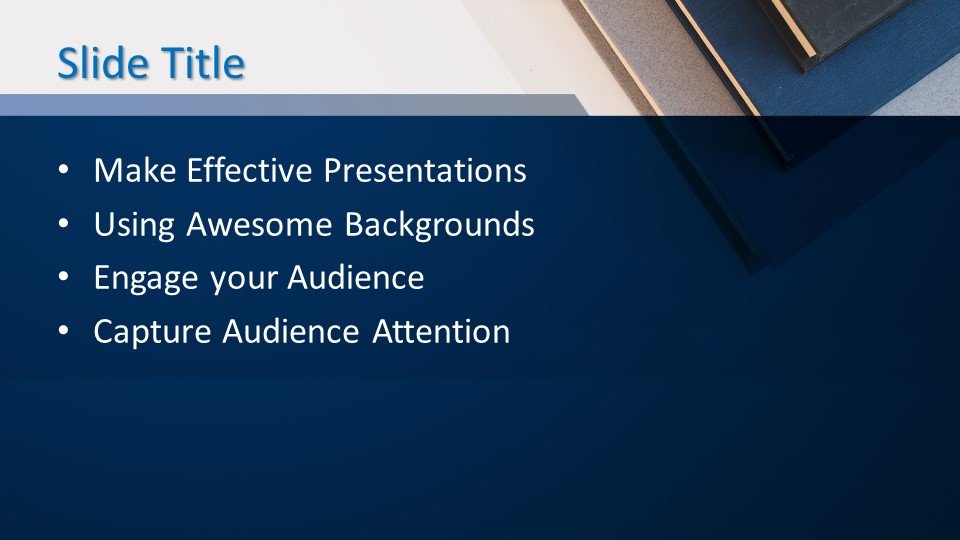With the new version of Office 365 on the Exchange 2013 platform, Microsoft really recommends using Autodiscover for client configuration and connectivity. There may be some instances during coexistence where Autodiscover cannot be changed/redirected. The following are the steps in order to gather and configure Outlook manually. This manual configuration is on a per user basis by obtaining the user’s ExchangeGUID using PowerShell.
- Open the Windows Azure Active Directory Module for Windows PowerShell and log into your tenant.
- Type the following to retrieve a detailed output of all users (managed and federated) created or synchronized.
The Microsoft Support and Recovery Assistant can diagnose and fix several Outlook issues for you, including fixing your Outlook profile. To download and install the Microsoft Support and Recovery Assistant, click download the tool. Once installed, the application will run automatically. Repair a profile in Outlook 2010, Outlook 2013, or Outlook. We are having trouble with users who wish to connect their own private office 365 account automatically on a Domain joined Windows 7 client in Outlook 2013. In our Domain we have our own Exchange 2016 server. I’m afraid it has something to do with our own autodiscovery. He has a Microsoft Office 365 Business Premium Account for one User. To help you with your concern about adding Office 365 Exchange account to Outlook 2013, please refer to the helpful post of Lynn-Li (MSFT CSG) by clicking this link: Unable to add office 365 email account into outlook 2013. Let us know the result. The article you linked has nothing to do with this issue. You guys are so useless.
The Essential Guide to Microsoft Teams End-User Engagement
We take you through 10 best practices, considerations, and suggestions that can enrich your Microsoft Teams deployment and ensure both end-user adoption and engagement.
Get-Recipient –ResultSize unlimited | Export-CSV C:MBXNames.csv
- Open the MBXNames.csv. Search for the user in the CSV and scroll over to the column titled ExchangeGUID.
- Copy the ExchangeGUID.

Open Mail within Control Panel
Create a New Outlook profile
On the Account Setup page, select “Manual setup or additional server types”. Click Next.
Select the default service “Microsoft Exchange Server or compatible service”. Click Next.
Next to Server, past the ExchangeGuid previously copied. Add your domain at the end.
Type in the Username (UPN). Click on More Settings.
Click on the Security tab. De-select “Encrypt data between Microsoft Outlook and Microsoft Exchange”.
Change the “Logon network security” from Negotiate to Anonymous. (Outlook 2010 SP1 must be installed in order to select Anonymous.)
Click on the Connection tab. Select “Connect to Microsoft Exchange using HTTP”. Click on Exchange Proxy Settings.
Under Connection settings, type the following:
Proxy URL https:// > outlook.office365.com
Proxy Connection > msstd:outlook.com
Select “On fast networks…”
Change Proxy Authentication settings to Basic
Click OK. Click Apply/Ok. Click Next
Click Next.
In the Windows Security pop-up, type in the user’s credentials (email address/Password). Select “Remember my credentials”. Click Ok.
Click on Finish.
Launch Outlook and away you go!
To enable modern authentication for any Windows devices that have Office 2013 installed, you need to set specific registry keys.
Enable modern authentication for Office 2013 clients
Note
Modern authentication is already enabled for Office 2016 clients, you do not need to set registry keys for Office 2016.
To enable modern authentication for any devices running Windows (for example on laptops and tablets), that have Microsoft Office 2013 installed, you need to set the following registry keys. The keys have to be set on each device that you want to enable for modern authentication:
| Registry key | Type | Value |
|---|---|---|
| HKCUSOFTWAREMicrosoftOffice15.0CommonIdentityEnableADAL | REG_DWORD | 1 |
| HKCUSOFTWAREMicrosoftOffice15.0CommonIdentityVersion | REG_DWORD | 1 |
Outlook 2013 Office 365 Mfa
Once you have set the registry keys, you can set Office 2013 devices apps to use multifactor authentication (MFA) with Microsoft 365.
Outlook 2013 Office 365 Mfa
If you're currently signed-in with any of the client apps, you need to sign out and sign back in for the change to take effect. Otherwise, the MRU and roaming settings will be unavailable until the ADAL identity is established.
Disable modern authentication on devices
To disable modern authentication on a device, set the following registry keys on the device:
| Registry key | Type | Value |
|---|---|---|
| HKCUSOFTWAREMicrosoftOffice15.0CommonIdentityEnableADAL | REG_DWORD | 0 |
Related articles
